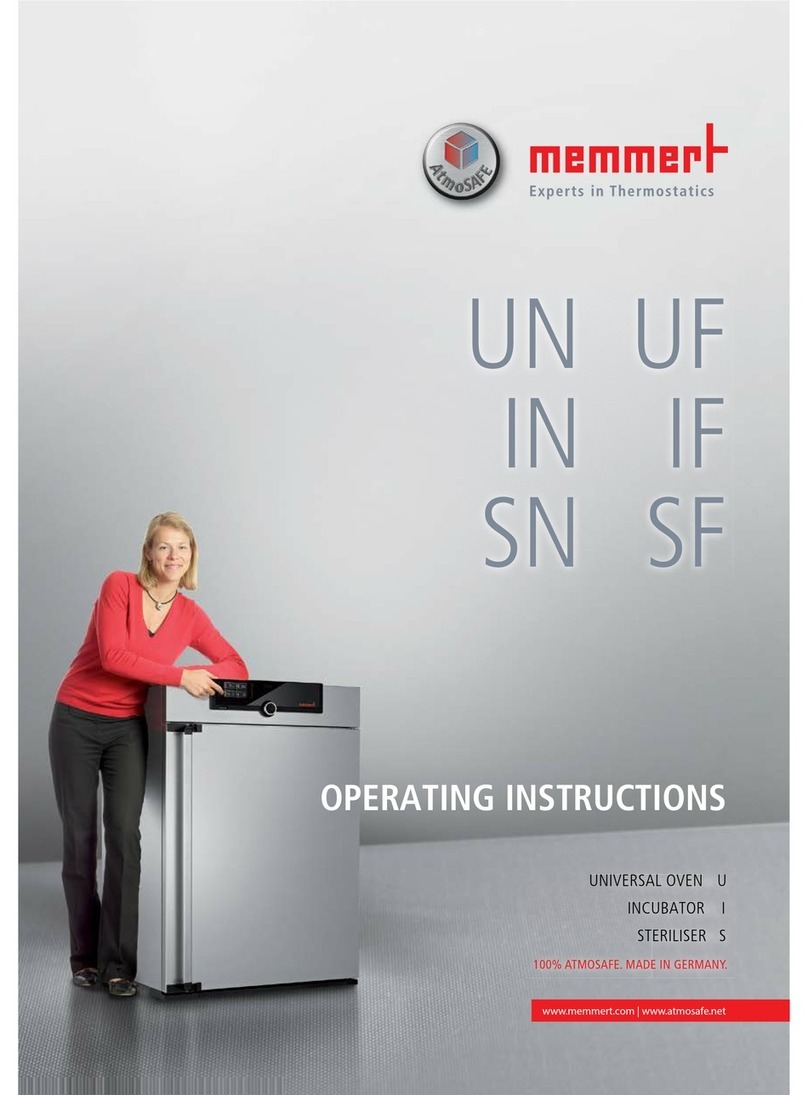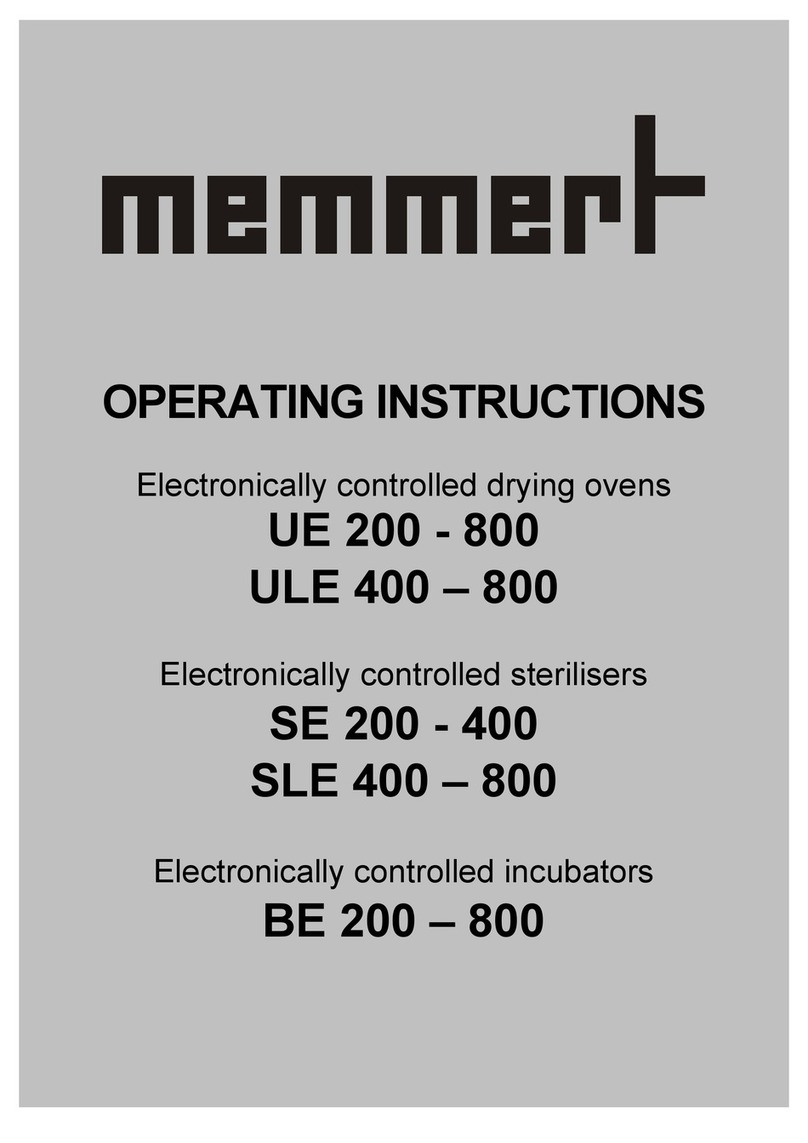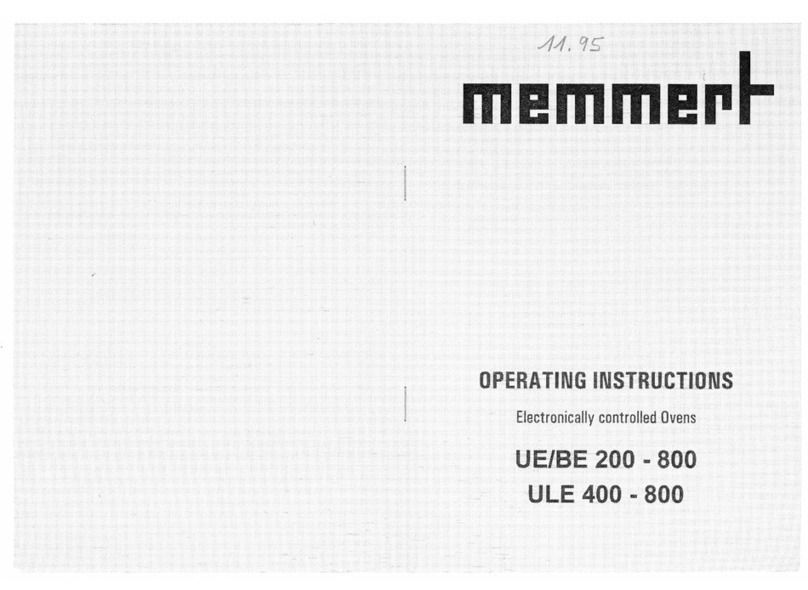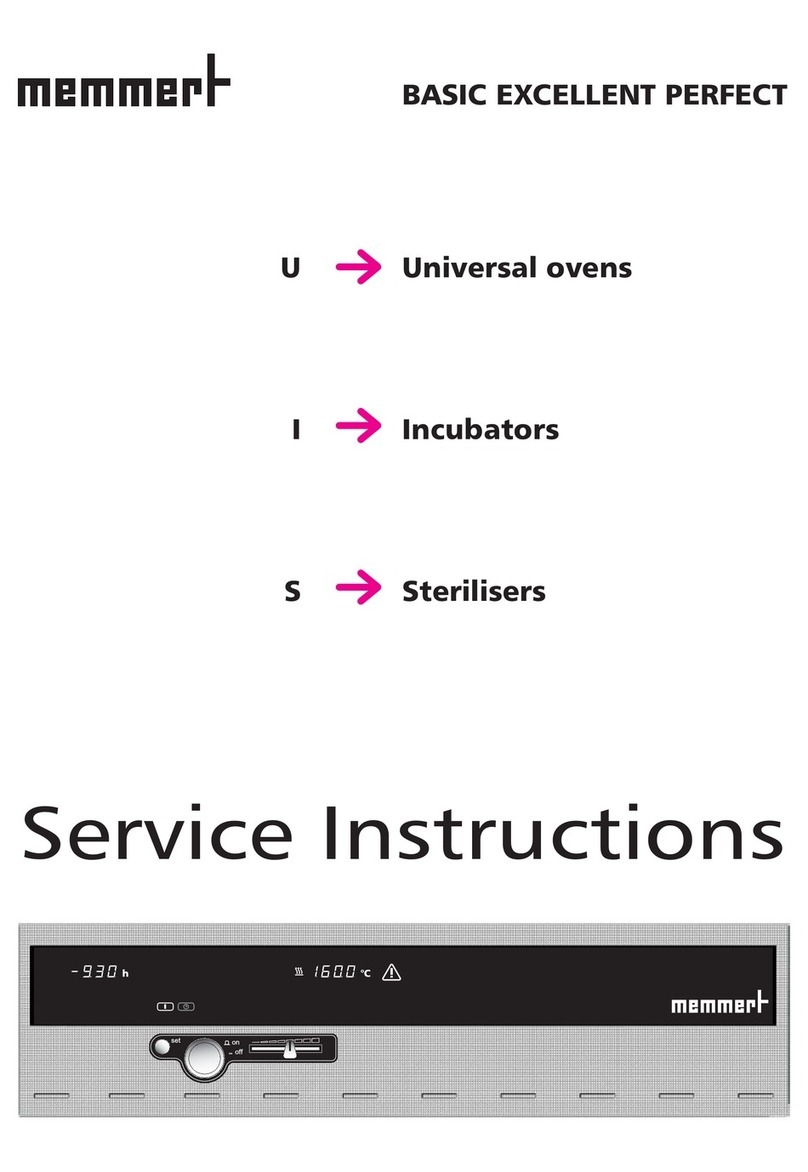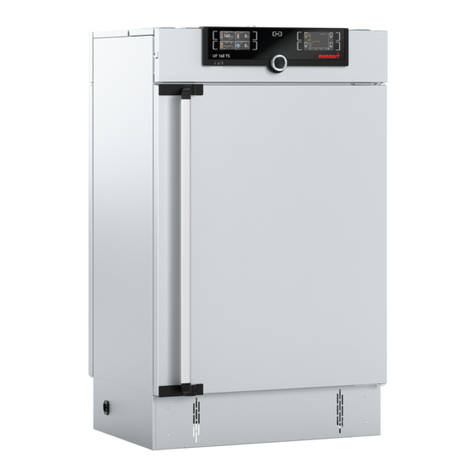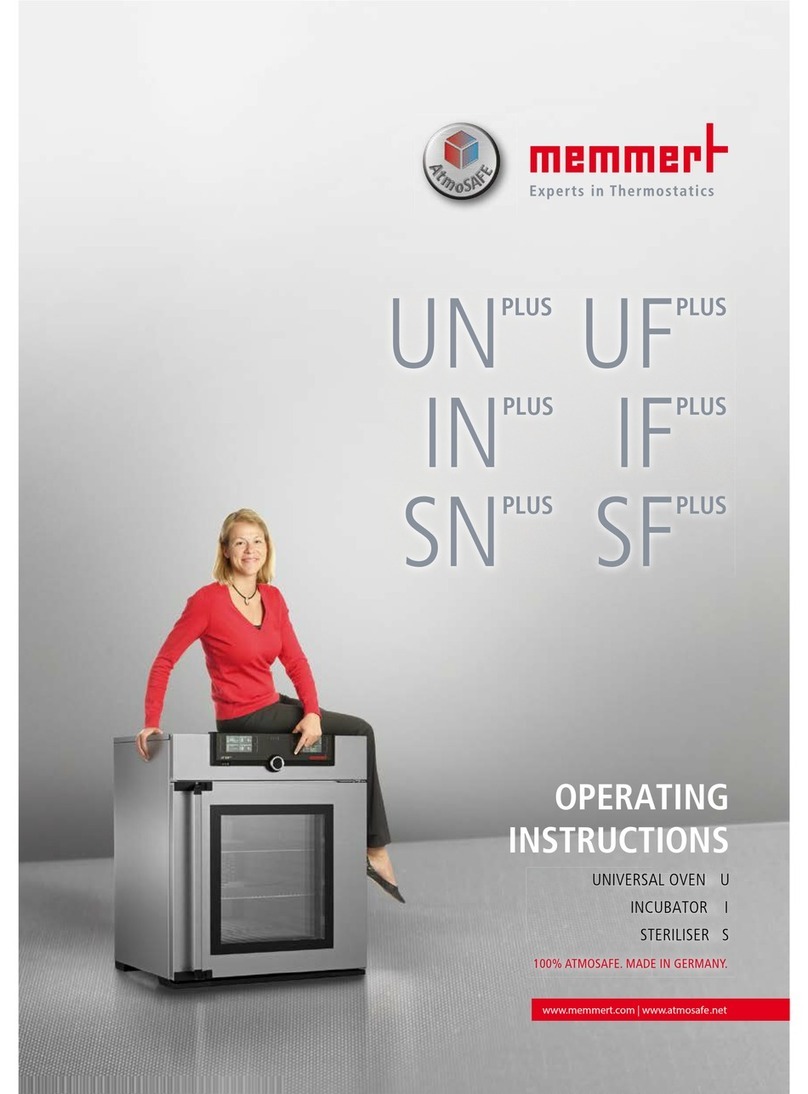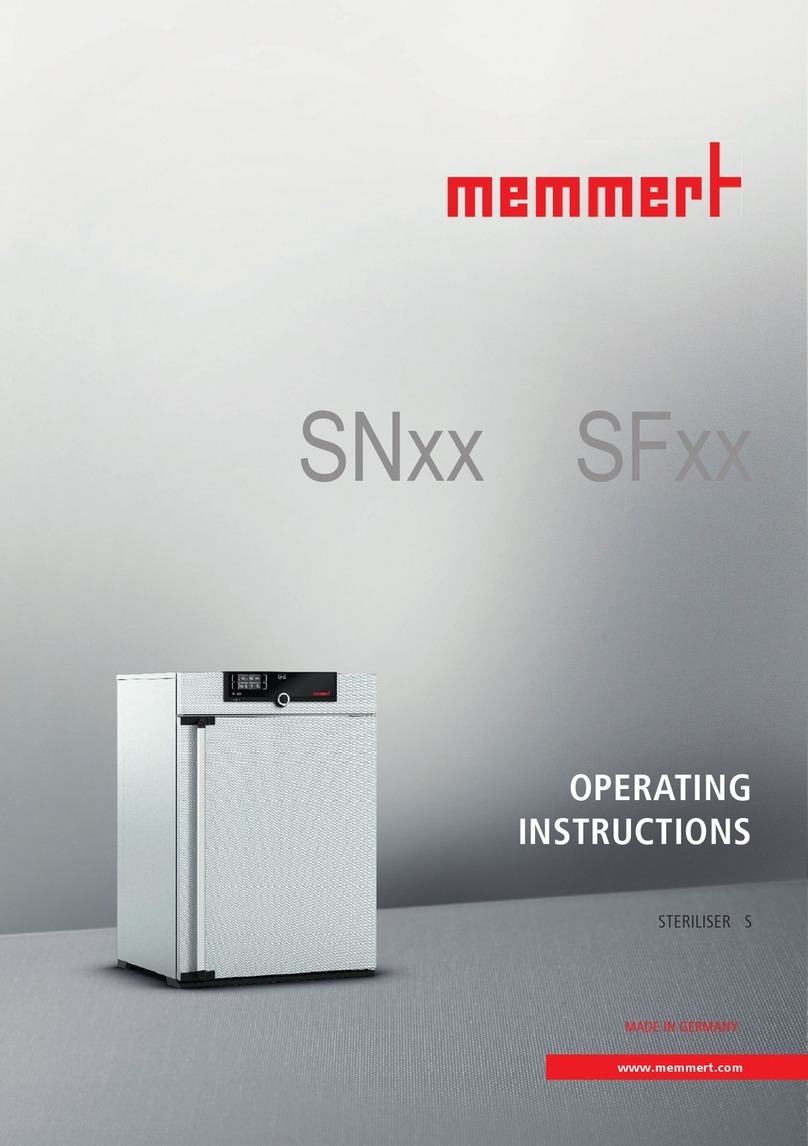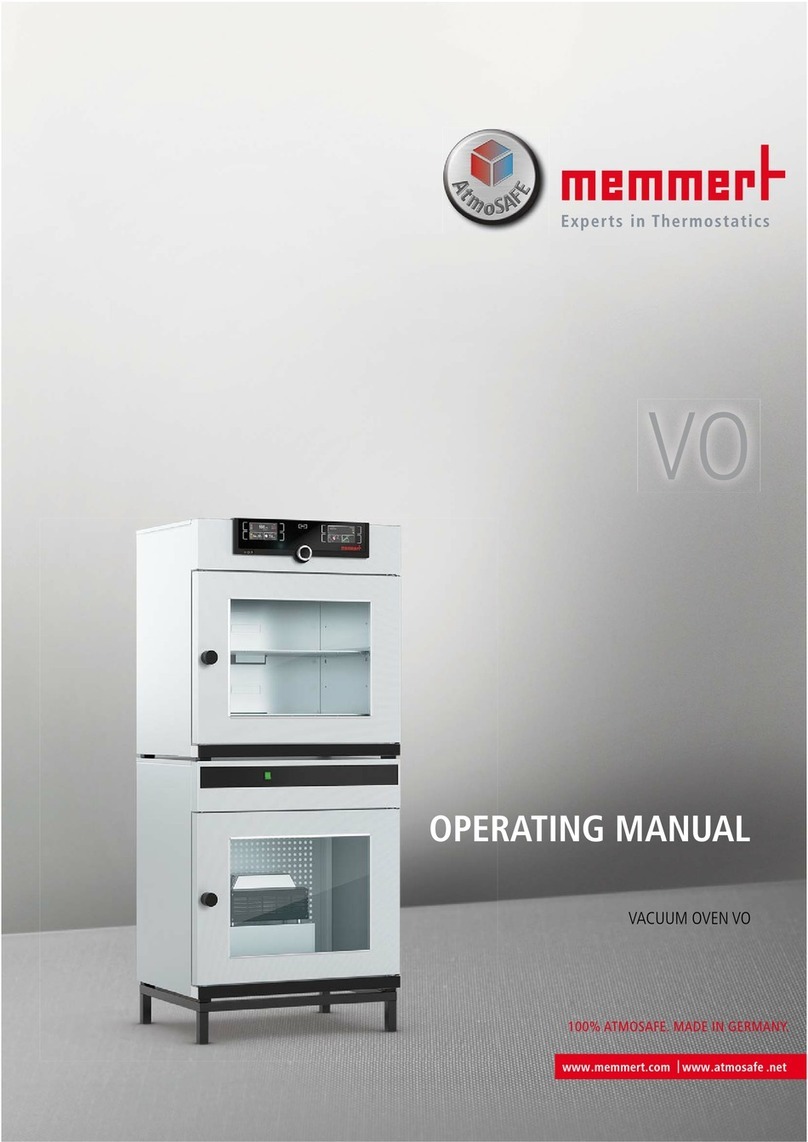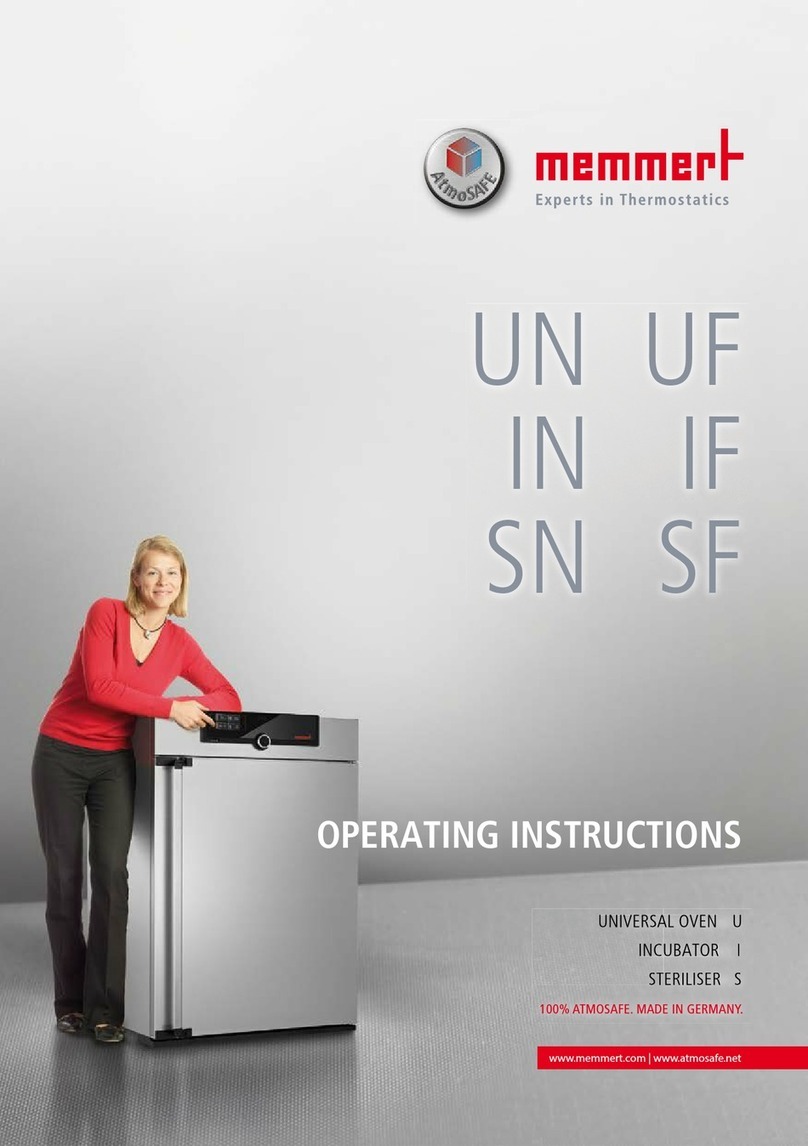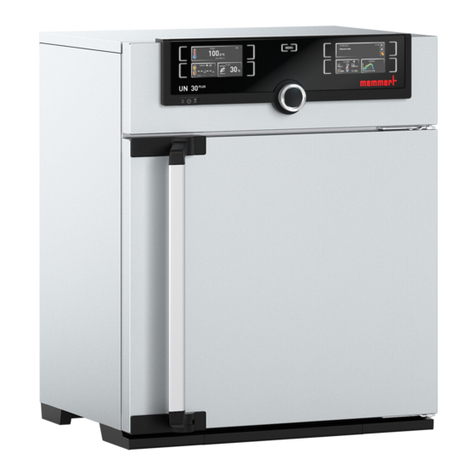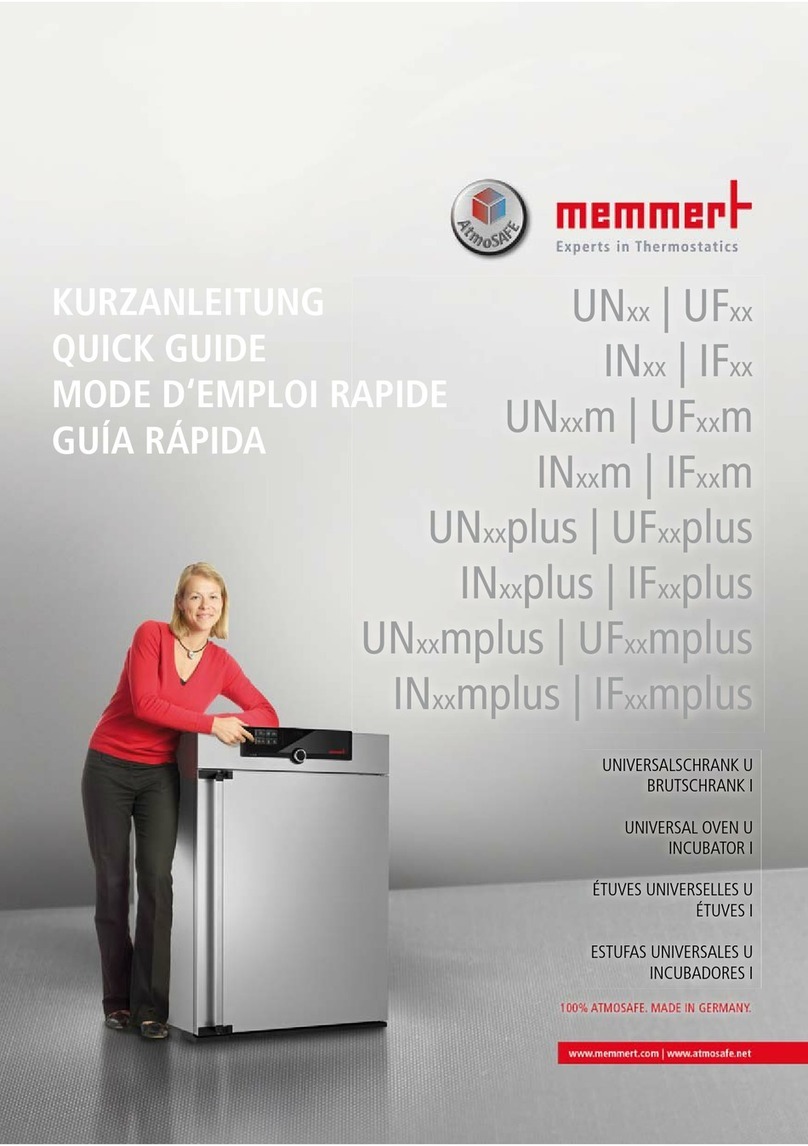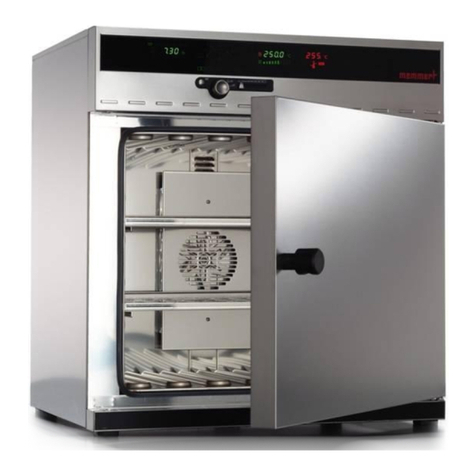
Table of Contents
3 D39059 02/2024
5. Putting into Operation 22
5.1 Putting into Operation for the First Time.................................................................................................................... 22
5.2 Connecting the Unit to the Power Supply ................................................................................................................... 22
5.3 Switching on Unit ..................................................................................................................................................... 23
6. Operation and Control 24
6.1 Operating Personnel................................................................................................................................................. 24
6.2 Opening the Door ..................................................................................................................................................... 24
6.3 Loading the Appliance.............................................................................................................................................. 26
6.4 Operating the Appliance ........................................................................................................................................... 27
6.4.1 ControlCOCKPIT........................................................................................................................................... 27
6.4.2 Basic Operation............................................................................................................................................ 27
6.5 Operating Modes...................................................................................................................................................... 28
6.5.1 Manual Mode ............................................................................................................................................... 29
6.5.2 Digital Backwards Counter............................................................................................................................ 30
6.5.3 Programme Mode......................................................................................................................................... 31
6.6 Monitoring Function ................................................................................................................................................. 33
6.6.1 Temperature Monitoring ............................................................................................................................... 33
6.6.2 Electronic Temperature Monitoring (TWW) .................................................................................................... 34
6.6.3 Temperature Selector Limiter (TWB).............................................................................................................. 35
6.6.4 Automatic Temperature Monitor (ASF) .......................................................................................................... 35
6.6.5 Mechanical Temperature Monitoring: Temperature Limiter (TB)...................................................................... 35
6.6.6 Adjusting the Temperature Monitoring .......................................................................................................... 36
6.7 Graph ...................................................................................................................................................................... 37
6.7.1 Temperature Curve....................................................................................................................................... 37
6.8 Ending Operation...................................................................................................................................................... 38
7. Malfunctions, Warning and Error Messages 39
7.1 Warning Message of the Monitoring Function............................................................................................................ 39
7.1.1 Temperature Monitoring ............................................................................................................................... 39
7.2 Malfunctions, Operating Problems and Unit Errors ..................................................................................................... 40
7.2.1 Power Failure............................................................................................................................................... 41
8. Menu Mode 42
8.1 Overview.................................................................................................................................................................. 42
8.2 Basic Operation in Menu Mode Using the Example of Language Selection................................................................... 42
8.3 Setup....................................................................................................................................................................... 43
8.3.1 Overview...................................................................................................................................................... 43
8.3.2 IP Address and Subnet Mask ........................................................................................................................ 44
8.3.3 Unit ............................................................................................................................................................. 45
8.3.4 Temperature Monitoring ............................................................................................................................... 45
8.3.5 Timer Mode ................................................................................................................................................. 45
8.3.6 Shelf Type (Grid or metal plate)..................................................................................................................... 46
8.3.7 Balance ....................................................................................................................................................... 46
